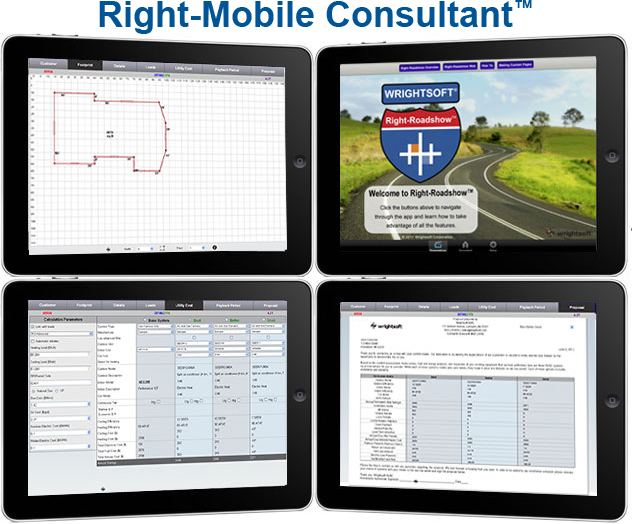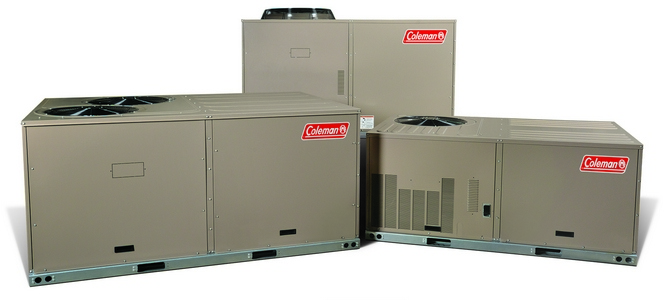Titus HVAC Airs Weekly Video Podcasts
PLANO, Texas – Titus HVAC, air distributor, has announced its new weekly Titus Timeout video podcasts. These podcasts will cover various HVAC and air distribution topics and will be available online.
The podcasts, led by Titus employees, are designed to be short discussions of HVAC topics. The videos will range from two to seven minutes and give engineers, contractors, building owners and those wanting to learn, a chance to understand basic and more intermediate topics. Some topics will include pressure and sound basics, different types of variable air volume boxes, as well as more in-depth topics like applications of displacement ventilation, chilled beams and under-floor systems.
“Titus is at the forefront of air distribution and we continue that commitment to learning with the Timeout video podcasts,” said Jenny Sivie, director of Advanced Business Development at Titus. “The purpose of these podcasts is to provide people who want to learn more about HVAC and air distribution a place to find all of the information they need.”
New Titus Timeout podcasts will be posted every Friday on the Titus HVAC YouTube page http://www.youtube.com/user/TitusHVAC. For more information about Titus, visit www.titus-hvac.com.



